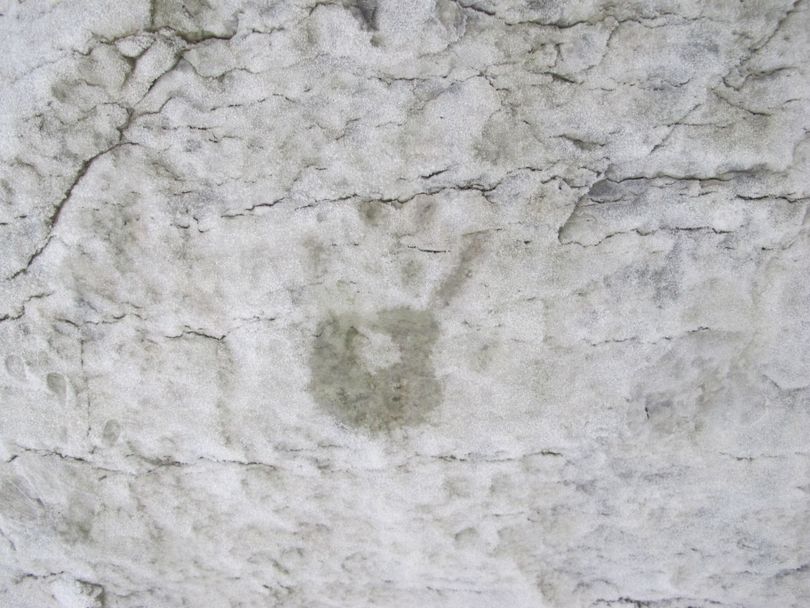Cave Painting in Jasper National Park

(Photo by Cheryl-Anne Millsap)
When we arrive at the starting point for our hike, Trevor, our Overlander Trekking guide, gives us all thick, insulated, boots and a set of cleats to strap on the soles.
Checking that we have hats and gloves, he leads us across a narrow swinging bridge and up and along a trail that traces the rim of the frozen Maligne Canyon in Canada’s Jasper National Park.
He shows us the trail we will follow at the bottom, walking on the frozen river that flows through the canyon.
“Just watch me,” he says as we descend. “You’ll be safe if you watch where I step.”
Stepping gingerly onto the path he makes as we move down into the canyon, between high walls of stone, we follow a trail of thick, scarred, ice on what just a few weeks before was moving water. On thinner patches, you can, if you stop and listen for it, hear the deep roar of water moving freely below. It is an erie sound.
Above, where the ground shears away, where in warmer seasons water flows over the rim, massive columns of ice descend the depth of the canyon walls forming layer upon frozen layer. At the tallest formation, the densest frozen waterfall, we stop to watch a pair of climbers. A man stands at the base, feet apart, a rope threaded through the harness around his waist and anchored at the top. He is belaying a woman who is slowly, one toehold, one pick into the ice at a time, climbing.
We walk a bit farther to where the stone forms a dome over us. We are standing in a tall cathedral of limestone carved by rushing, swirling, water and polished by eons of ice and wind and snow. The rocks are coated with fine ice crystals and I notice that just above my head they are decorated by the handprints of hikers who have gone before us. People who, as they passed, put a hand on the stone. The warmth of their bodies melted away the ice and in the shadowed, frigid, air the prints remained.
It is a beautiful thing, this ice-walking. Time and again we stop to take photographs, trying to capture the scale and majesty of what we are seeing. Time and again we look at the images on our digital cameras and are disappointed.
As we make our way back out of the canyon, I take one more look over my shoulder. I notice again the pristine, crystalized surface of the limestone on either side of me. Like the others who’d come before me, I lifted my hand and placed it flat against frosted surface of the stone. Still and silent, I felt the sharp winter cold drawn into my skin as I exchanged it for the warmth of my body. When I pulled away the distinct print of my hand, mine alone, decorated the rock.
I was, in that instant, connected to the past in a tangible way. I imagined a woman who might have passed between the stone walls thousands of years ago and done the same thing - stopped for a moment to give in to the urge to paint the cave with her handprint.
Seasons will change. The canyon will erase any trace that I was there. But, at least in my memory, the winter walk left a more permanent mark on me.
Cheryl-Anne Millsap writes for The Spokesman-Review. Her essays can be heard on Spokane Public Radio and on public radio stations across the country. She is the author of “Home Planet: A Life in Four Seasons” and can be reached at catmillsap@gmail.com